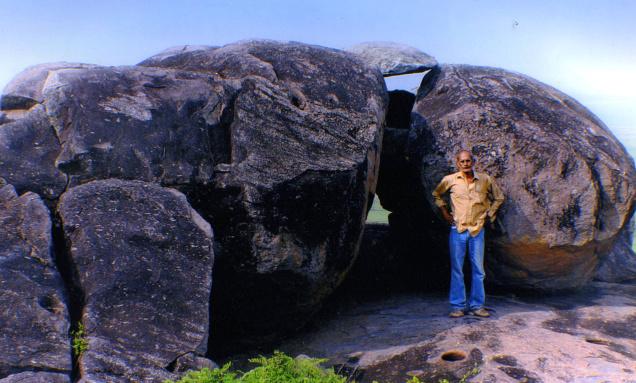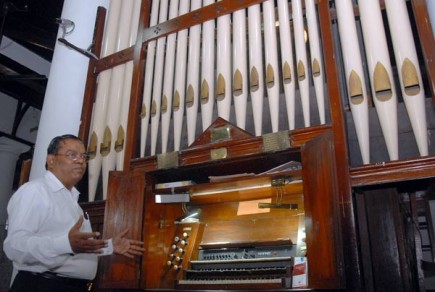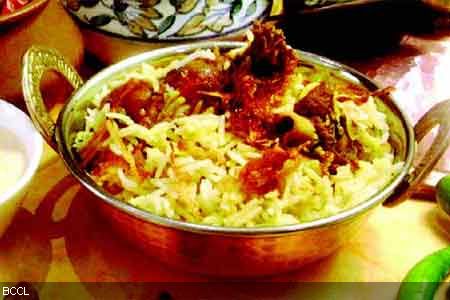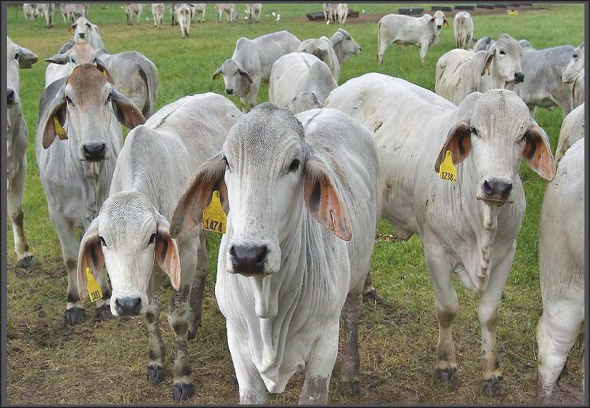 Archaeologist K. Venkateswara Rao who found the prehistoric rock shelter on the top of the Saidala Hill near Srikakulam.
Archaeologist K. Venkateswara Rao who found the prehistoric rock shelter on the top of the Saidala Hill near Srikakulam.
Several rock shelters found on Sailada hill-top and Chittivalsa are significant, says archaeologists
Did the prehistoric man straddle the hillocks near Srikakulam town in Andhra Pradesh much like the Bhimbetka in Madhya Pradesh, UNESCO’s World Heritage Site ?
The rocky landscape near Srikakulam may not boast of the richness and the depth of the rock paintings of Bhimbetka that fetched it international recognition but several prehistoric rock shelters found on Sailada hill-top and Chittivalsa area in the recent past are equally significant, contend archaeologists here.
They are excited by the finding of a set of four 3.8 metre high rocks leaning inwards and forming a polygonal chamber on Saidala hill-top as it comes close on the heels of discovery of a cluster of druidical rocks at Chittivalsa and of dolmen and menhirs resembling those in Europe and Africa. Both these findings that indicate existence of a reasonably big habitation of prehistoric people in the area, were by free-lance archaeologist, K. Venkateswara Rao.
The recently found round-shaped dolmen like formation with a stone roof, stands on a circular rock bed of 13 metre radius on the top of the Saidala hill. Like others, this rock shelter too has post holes around it in two rows meant for installing wooden posts that served as props to supported a canopy. “The place appears to have been used for performing some rituals and ceremonies by the prehistoric people”, Mr. Rao said.
There are many caves, caverns and shelters of different shapes in the hillocks in the region but not as huge as this one that too with a rock bed inside.
Even now the place continues to be known as “Pandiri Rallu” a shelter made of rocks. The rock shelter has enough place to accommodate 10 to 15 people inside. A petroglyph of serpent was found on the western side of the shelter, a common feature on prehistoric dolmens in Europe.
Another name given by the locals to this unique rock formation is “Bunti Vanda”, virtually a den of bears. Burrows formed by flow of rain water from the top of the hill to the foot, have turned them into safe sanctuary for the bears. “Even now villagers dread to tread the bushy path to the top of the hill scared of the bears and feel the sacred place is visited by Gods and Goddesses. This in a way is blessing in disguise as the rock formation remains protected with no major damage”, Mr. Rao says.
Further evidence of the man living on the hills was the finding of a 6 x 4 ft depression in the rock perhaps used as a water storage pit. Mr. Rao says the prehistoric rock shelters on sacred hills of Sailada and Sangamaya and the nearby Pandavulametta at Chittivalsa and the later period’s historic fort of early Kalingas could be projected as unique site with continuous history for UNESCO”s recognition.
source: http://www.TheHindu.com / Home> News> States> Andhra Pradesh / by K. Venkateshwarlu / Hyderabad, November 12th, 2012



